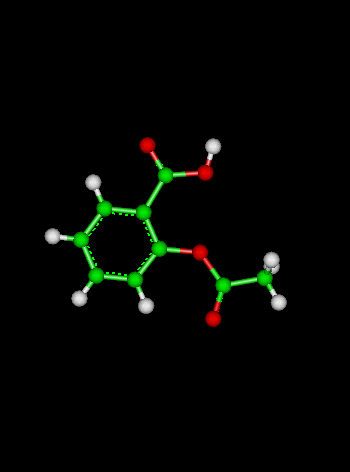General Chemistry Refresher: Redox Reactions Calculator (original) (raw)

Course Chapters
- Gas Laws
- Thermodynamics
- Kinetics
- Equilibria
- Redox Chemistry
- Nuclear Chemistry
- Basic Matrix Math
- Linear Least Squares
- Newton's Method
- Integration Techniques
Section Tests
Useful Materials
Online Calculators
Linear Least Squares Regression
Newton's Method Equation Solver
Related Information Links
Calculate the electrode potential for a half-reaction, with inputs being the concentrations and stoichiometric coefficients of the reactants and products, and the number of electrons transferred:
Input Values:
| Standard Reduction Potentials (volts) = |
|---|
| Concentration of Reactant A (molar)= | M | Stoichiometric Coefficient of Reactant A= | | | ------------------------------------ | - | ----------------------------------------- | | | Concentration of Reactant B (molar)= | M | Stoichiometric Coefficient of Reactant B= | | | Concentration of Product C (molar)= | M | Stoichiometric Coefficient of Product C= | | | Concentration of Product D (molar)= | M | Stoichiometric Coefficient of Product D= | | | Number of electrons transferred (n)= | | | |
Results:
| Standard Potential E0(from table) = | volts | E (calculated)= | volts |
|---|
| | | |
Input Values:
| Potential of first half-reaction (be careful with sign!)= | | Potential of second half-reaction (be careful with sign!)= | | | --------------------------------------------------------- | | ---------------------------------------------------------- | |
Results:
| E (calculated)= | volts |
|---|
| | | |